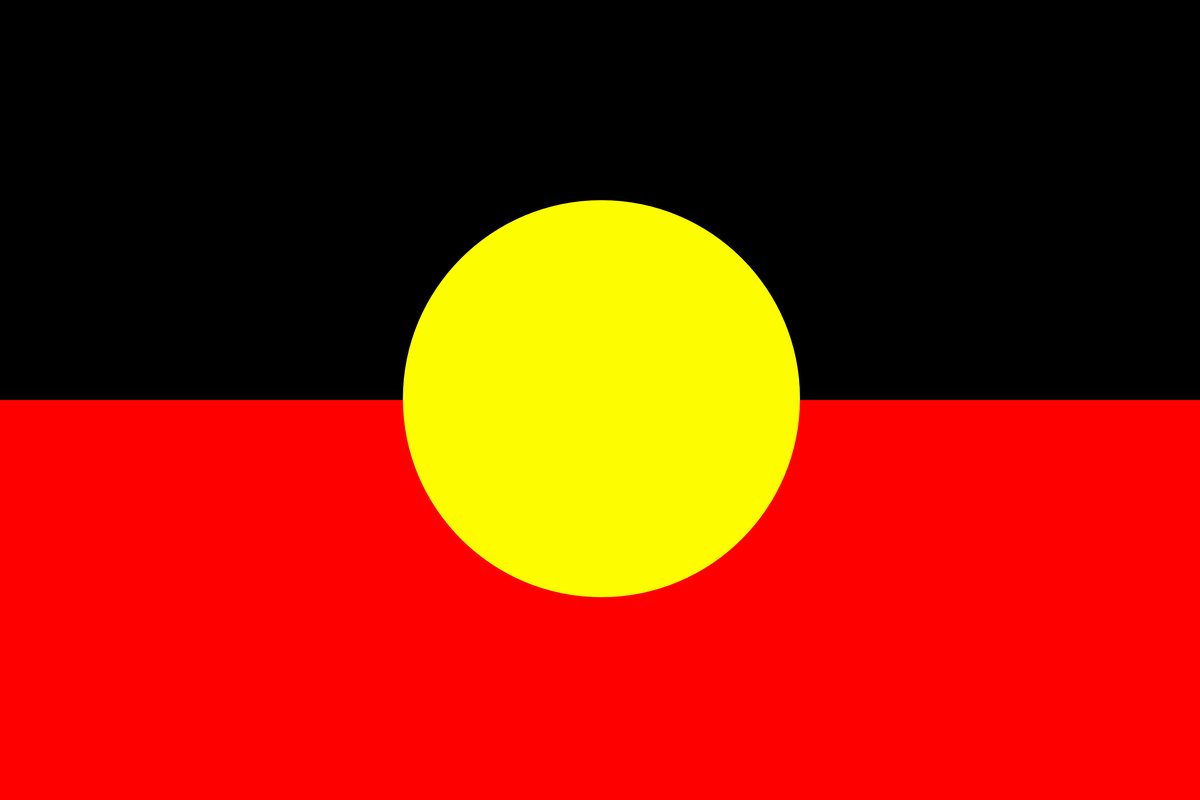
Low Carbon Concrete Mix Specification Tool
Sustainable concrete alternatives reduce emissions and improve circularity
Winners of the 2023 Water Minister’s Climate Innovation Challenge – Yarra Valley Water, Barwon Water and North East Water – have released a new guide and database of low-carbon concrete alternatives that are ready for immediate use in the Victorian water industry.
Concrete generates about 8% of global carbon emissions. That’s more than any other single product. And if concrete were a country, it would have the world’s third largest carbon footprint after the United States and China.
Project objective
The water industry consumes significant amounts of concrete, building pipes, tanks and treatment plants. The three Victorian water corporations identified an opportunity for the industry to shift construction practices and material selection, to help lower greenhouse gas emissions.
They set out to determine by meta-analysis if there are suitable low-carbon concrete products in Victoria that can:
- benefit our business and environment;
- meet industry standards;
- be widely used across the water sector; and
- achieve greenhouse gas savings compared with traditional Portland cement.
Low-carbon concretes mixes are already available
Low-carbon concrete can be made with ingredients such as slag or fly ash, which are waste materials from industry that not only lower the embodied emissions, but also reduce waste discharged to landfill. Geopolymer is another alternative to ordinary Portland cement that can reduce embodied carbon by up to 90%.
This project identified many available, low-carbon concrete alternatives that align with water industry standards, are ready for immediate use in the Victorian water industry, and have significantly lower embodied emissions than traditional concrete.
A Low Carbon Concrete Mix Selection Tool was developed to guide selection of the best low-carbon product for a given application.
These sustainable alternatives are already in use in other sectors in Australia and overseas, most notably the transport and building sectors. Leading practices in Scottish Water and the transport industry have been documented as case studies.
A business-wide pathway to transition the water corporations to lower their concrete-related emissions was also developed through this project.
Sustainable alternatives can have superior technical performance
Low carbon alternatives can have superior technical performance over ordinary Portland cement. One example from North East Water is the 3.5ML Beechworth clear water storage, which was constructed in 2017 using a concrete mix with a 1:3 ratio of fly ash to cement.
The concrete was specified to make a ‘watertight’ tank by limiting shrinkage, cracking and permeability. Due to the inclusion of fly ash, a fine-grained material, the mix was more watertight, has lower embodied carbon than the standard mix, and demonstrates circularity.
Industry benefits of low-carbon construction
Scope 3 emissions from construction – as they were calculated for Yarra Valley Water – were larger than their scope 1 and 2 emissions combined.
Our estimates show, that if we were to replace concrete with lower carbon alternatives in the Victorian water corporations, we could save up to 115,000 tons of CO2-equivalent in 5 years. That’s about 25,000 cars off the road.
Additionally – there’s a global trend towards more comprehensive greenhouse gas emissions reporting. In September 2024, Australia’s Treasury released a new Australian Sustainability Reporting Standard on Climate-related Disclosures, which sets out disclosure requirements for companies on climate-related risks and opportunities. It includes scope 3 emissions.
This project is helping to position water corporations for changing emissions regulations, will drive uptake of sustainable construction alternatives across the Australian water industry, and will contribute to quantifiable reductions in greenhouse gas emissions.




